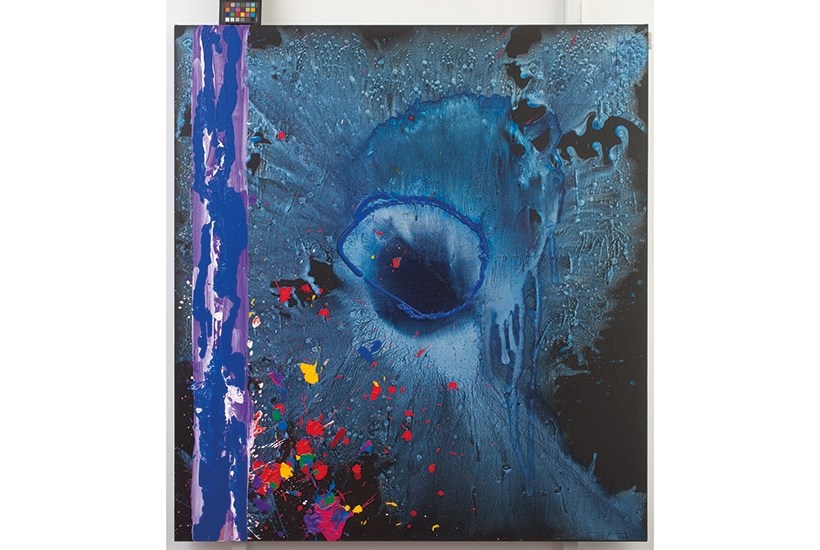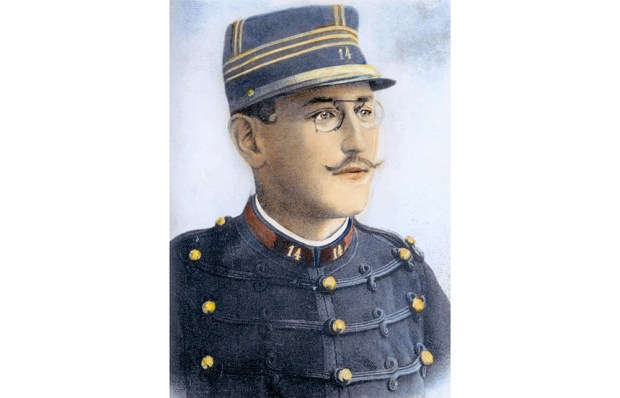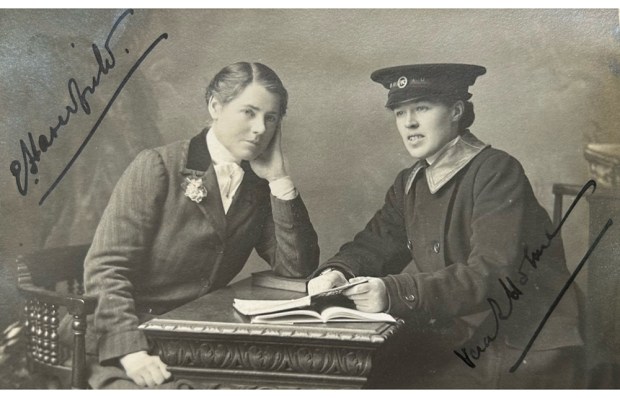When the internationally acclaimed abstract painter John Hoyland died in 2011 at the age of 76, a large chunk of light, laughter and danger went out of the British art world. Hoyland, who was born in Sheffield and trained at the local art college before coming to London and the Royal Academy Schools, was a force to be reckoned with. Reaching maturity in the 1960s, his career was established by a solo exhibition at the Whitechapel Gallery in 1967, after which he divided his time for several years between London and New York. In the 1970s he settled back in London and Wiltshire, but travelled widely, often to the tropics. He lived hard and channelled his experiences back into his paintings. This made for richly allusive works which, although to begin with ostensibly abstract, became increasingly filled with marks and signs denoting the phenomenal world.
Hoyland did not stand still as an artist, and continued to develop his painterly language to the end of his life, exploring new visual ideas and re-examining his own preoccupations and former certainties. But he made his reputation as a formalist abstract painter, whose large, roughly geometric forms dazzle the eye and enfold the spectator in their extensive square footage. Public taste, and very often the taste of critics or commentators, tends to be retrospective, while that of the artist, interested not in what he has done but what he might do, is prospective. Thus with Hoyland. He moved on, but the art world didn’t manage to keep up. As a consequence, his early work is more highly prized than his later. This book sets out the reasons why we should give proper attention to his last paintings.
It’s a beautifully produced publication, offering more than 60 full-page colour plates, and focusing precisely on the years 2002-2011. The main essays are by Mel Gooding, whose two previous books on Hoyland have set a benchmark for all studies of this artist; David Anfam, an authority on American Abstract Expressionism, who places Hoyland in the context of artists such as Jackson Pollock, Mark Rothko, Jules Olitski and Robert Motherwell; the art historian Natalie Adamson, who writes about Hoyland’s close relationship with another artist of excesses, Vincent van Gogh; and Matthew Collings, the critic and artist, who tells the story of Hoyland’s roller-coaster reputation with plenty of references to himself. Actually Collings’s contribution is very good and unexpectedly moving. It turns out to be the surprise ingredient: of all the essays, his is the one which will make people look again at late Hoyland.
The paintings, with their plunging dark spaces and fragments of bright surface colour, like burst balloons after a party, invite poetic interpretation. As a result, there is rather too much cosmic drama in the writing generally, and what Gooding calls ‘thrilling aspects of twilight, nocturnal beauty and sidereal scintillation’. I remember Hoyland’s fellow RA and sparring partner, the sculptor Ivor Abrahams (1935-2015), commenting derisively on the intergalactic reading of Hoyland’s late paintings. ‘That’s not what John’s work was about,’ he said. ‘He was a painter, not an astronaut!’ For Abrahams, the formal qualities of the paintings were paramount: the way colours, shapes and textures were juxtaposed within the spatial relationships established during composition. And indeed that is the way in which Hoyland’s early work tends to be interpreted, but the late work has different aims and territories.
There is undoubtedly a strong element of black-hole imagery, and the influence of astronomical photography can be readily discerned, but there is always an earthy side which requires equal emphasis. Hoyland, a vivid writer himself, summed up the worldly aspect of his art:
Painting is a breath on a mirror, a footprint, grease on a towel, blood on a stone, damp wallpaper, torn advertising, meaningless graffiti, melting snow, dead leaves, weathered paint, broken windows, neglected gardens…
He embraced all these visual stimuli and made them part of himself and his art, as much as his knowledge of the late paintings of Turner, or the energy generated by the juxtaposition of the tasteful and the vulgar.
Collings writes acutely: ‘These late works are about putting a few simple-seeming things together that appear to be very different, and forcing the contrast somehow to work visually.’ That’s the painter’s job: making a new and improbable reality succeed as a painting. Facing death, in his last years Hoyland entered a wildly creative period of ‘Old Age’ style, where anything goes and all risks are valid if they win through. They do, triumphantly: his last paintings are some of the most remarkable and challenging statements of imaginative truth to be produced in recent years.
Got something to add? Join the discussion and comment below.
Get 10 issues for just $10
Subscribe to The Spectator Australia today for the next 10 magazine issues, plus full online access, for just $10.
An exhibition of Hoyland’s last paintings is at the Millennium Gallery, Sheffield Museums until 10 October.
You might disagree with half of it, but you’ll enjoy reading all of it. Try your first month for free, then just $2 a week for the remainder of your first year.














Comments
Don't miss out
Join the conversation with other Spectator Australia readers. Subscribe to leave a comment.
SUBSCRIBEAlready a subscriber? Log in